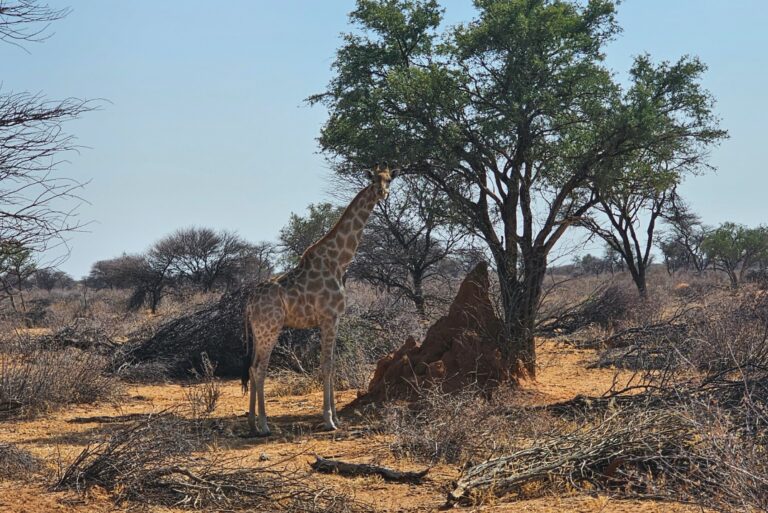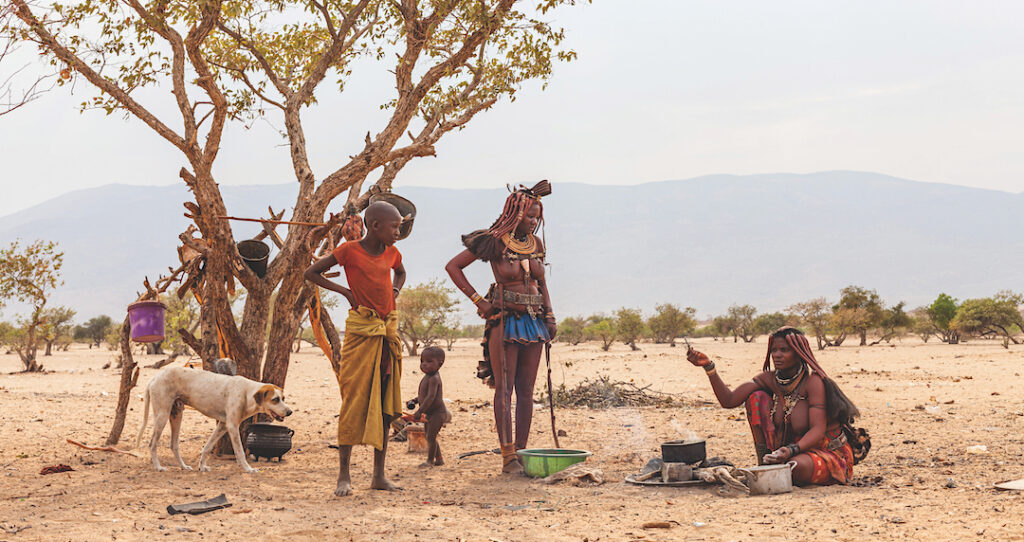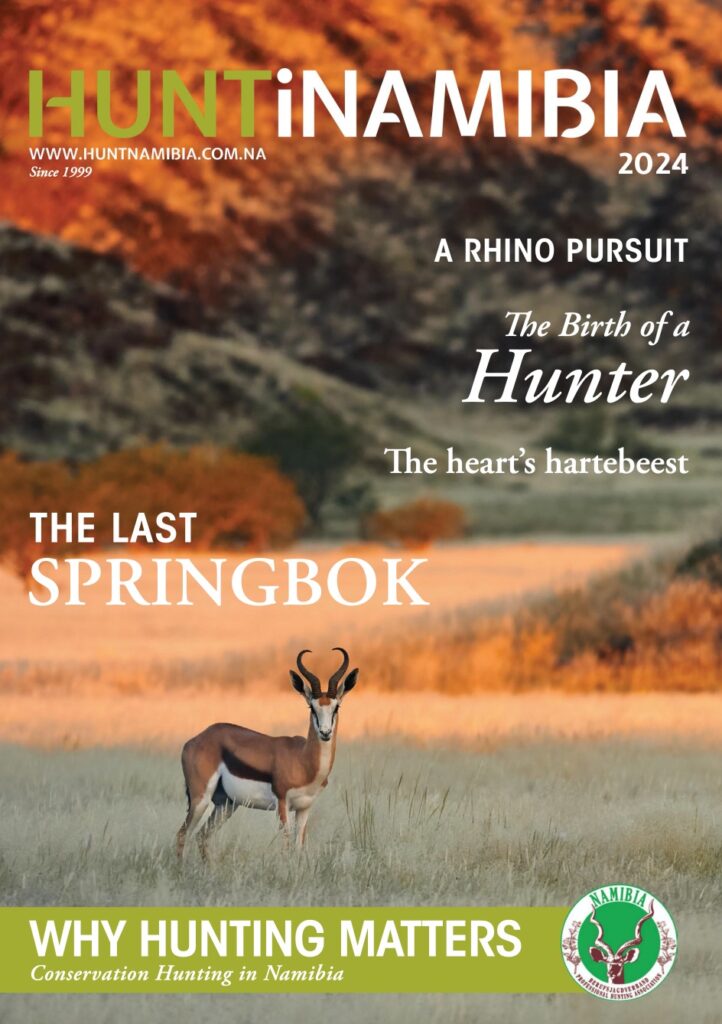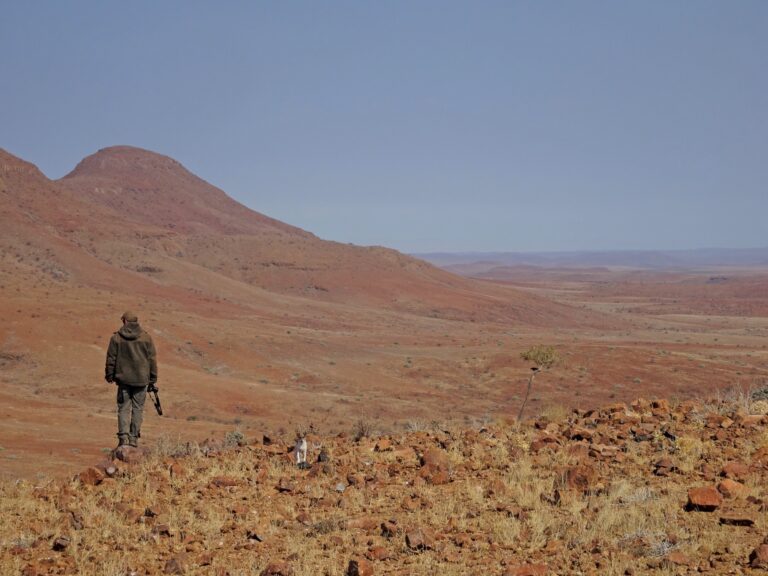“The community voice is consistently in support of hunting here in Namibia. Here we have around eighty-six conservancies and eighty percent of these have some form of hunting in their conservation areas. Even those communities that do not have hunting in their conservancies understand that it is not only an economic benefit but it also is a conservation tool.” These are the words of Maxi Pia Louis, the Director of NACSO (the Namibian Association of CBNRM Support Organisations), whose role is to assist conservancies and other rural associations to manage their natural resources for their own benefit and to enhance conservation through Community Based Natural Resource Management activities (CBNRM).
Maxi is passionate about working with communities in rural areas and has dedicated herself to the CBNRM Programme for the last 15 years in government and non-governmental agencies. She is an expert on topics related to the community perspective. When asked what she feels is the community voice on the topic of hunting, Maxi replied: “Communities want to be allowed to use wildlife in a sustainable way. Hunting benefits communities because it is good conservation, it preserves wildlife areas and it is a good means of making sure communities tolerate wildlife. Namibia is a dry country, we need to ensure there are not too many animals using the same resources in one area. This comes down to the sustainable management of wildlife.”
There are communities in Namibia whose entire livelihoods depend on hunting. If hunting were to stop there, these communities would face a future with zero income and, as Maxi explains, this includes direct income (cash in hand) as well as support for their projects and more.
Communities who live with wildlife often do so at huge personal cost. “It’s the price you pay when living with wildlife”, says Maxi. “It has an impact in terms of human-wildlife conflict. Communities have to share their resources with wildlife. They have to share the grazing or water for their stock, and often these resources are already limited. Plus, should they lose stock or crops to wild animals, they would only get an offset fee and not the full replacement value of their assets. There is a price you pay when you live with wildlife.” Understanding the personal sacrifice communities make to live with wild animals should warrant an understanding in their desire to generate an income from their land.
As Maxi explains there are also other burdens to living with wildlife, including fear. “It’s frightening to live with wild animals, plus they can create health risks. Buffalo in the Zambezi Region carry diseases which can be transferred to community livestock.”
“Here in Namibia, the sustainable use of wildlife is a conservation model. Around the world, and even here in Namibia, there is a lot of misinformation being spread by animal rights groups because it suits their agenda. They say that hunting is a colonial concept, but I know that hunting was around way before colonialism. Our ancestors used to hunt”, Maxi says. This is true of all human beings across the globe. Our ancestors hunted for subsistence because it was essential to the survival of early humans.
According to Maxi the vast difference lies in overuse and that colonial powers overused wildlife by hunting excessively and beyond the capacity that nature could replenish. This is very different from how hunting is done in Namibia today. As explained by NASCO documentation, Namibian hunting follows strict guidelines. It is governed by a national legal framework with clear systems of control and reporting requirements. The guidelines are also intended to warrant that only free-roaming, indigenous species in natural habitats large enough to ensure healthy population dynamics are targeted. In addition, hunting off-takes are sustainable by being based on species-specific, scientifically accepted annual quotas for the hunted population. Through these and other criteria, conservation hunting creates clear incentives to adopt wildlife management as a land use.
As Maxi says, “When a good system is regulated, you make sure it is sustainable. We use hunting as a conservation model”. And this is seen in the wildlife population numbers in Namibia: they have increased and are stable.





